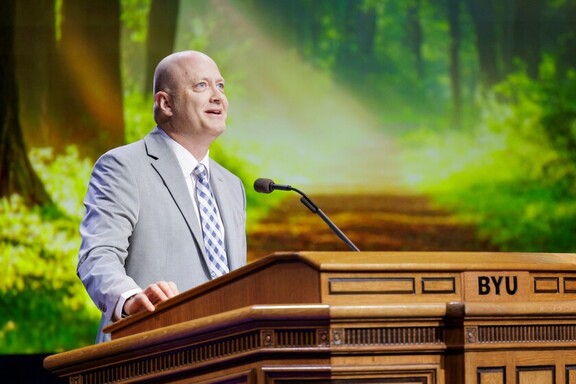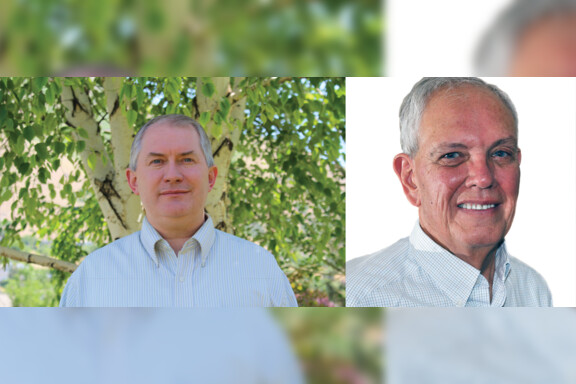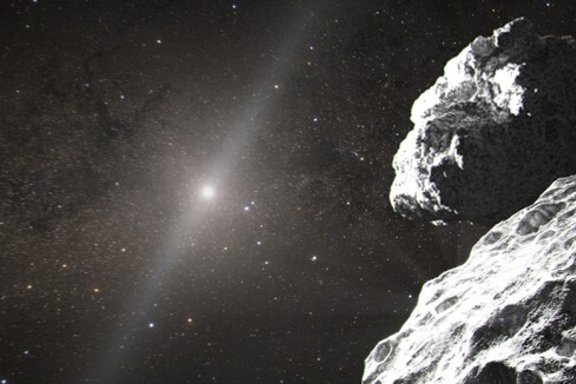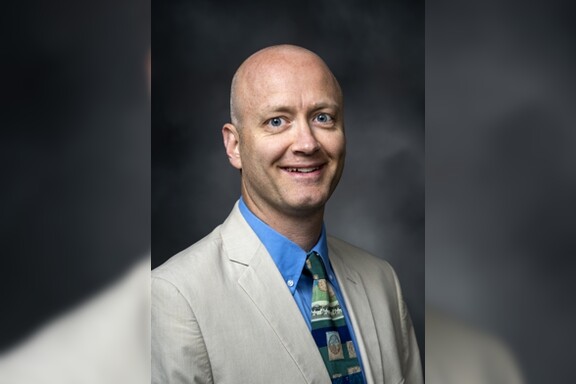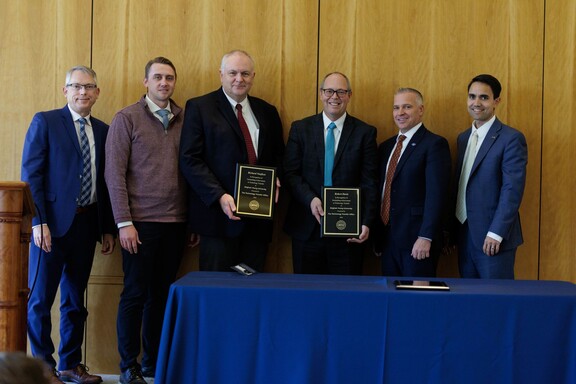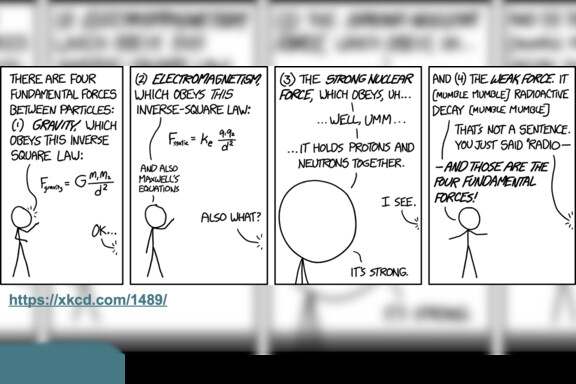Astronomers Mike Joner and David Laney at BYU’s West Mountain Observatory have been busy using Utah’s largest optical telescope to capture images of the ghostly shell of gases from a massive star that blew up thousands of years ago.
The Veil Nebula is 2000 light years away and 100 light years across and gets its colors from the expanding shockwave that resulted from the violent death of a vanished star.
Two of the colorful pieces of this expanding shell of gasses have a Halloween feel to them – one has long been known as "The Witch’s Broom,” while the other has been named by BYU astronomers as the “Fiery Owl Nebula.”
Whether you see the witch or not or you think the owl looks more like a bat, take a minute to enjoy the marvels of space as shot by BYU astronomers and students with the 36-inch BYU West Mountain Observatory telescope.
These images were captured with filters to bring out the glow of the hydrogen, ionized oxygen and sulfur and later stitched together with data from imaging guru Rob Gendler.
More Information on This Article
News and Events


